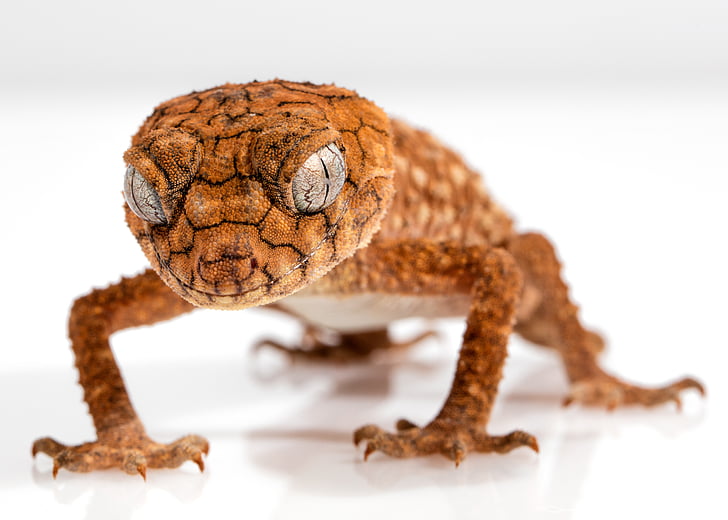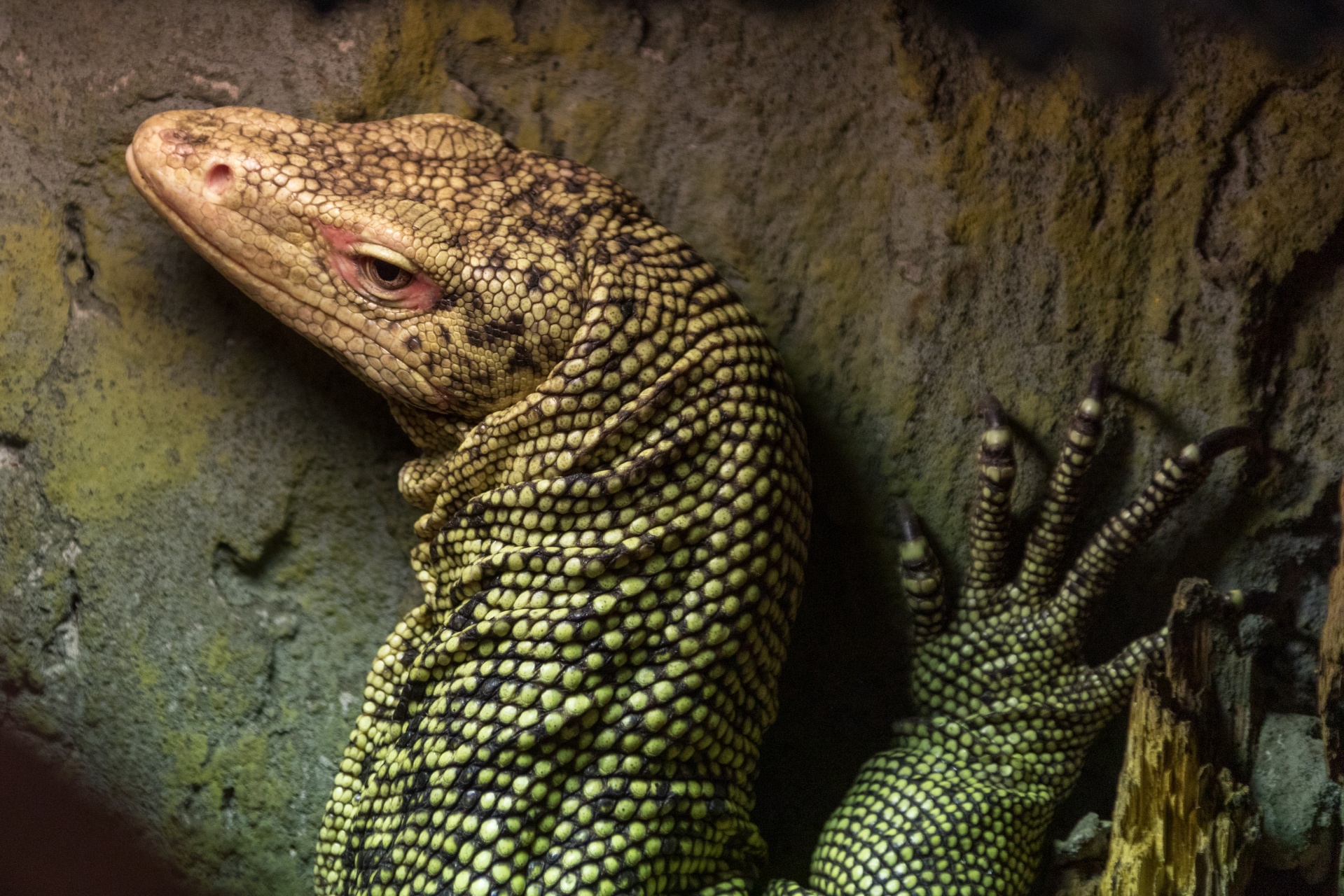
Knob-Tailed Gecko Care: Essential Tips for Lizard Owners
Looking to become a proud owner of a knob-tailed gecko? Look no further! In this comprehensive guide, we’ll walk you through the essential care tips to ensure your pet lizard’s health and happiness.
Habitat Setup
Creating a suitable living environment is crucial for the well-being of knob-tailed geckos. Here’s what you should consider when setting up their habitat:
1. Tank Size: Provide a spacious terrarium with a minimum size of 20 gallons. This allows ample room for climbing, exploring, and hiding.
2. Enclosure Type: Opt for a glass terrarium with a secure lid to prevent escape and maintain proper humidity levels.
3. Substrate: Choose a substrate that retains moisture, such as coconut fiber or cypress mulch. Avoid gravel or sand, as they can cause impaction if ingested.
4. Temperature & Humidity: Maintain a temperature gradient within the enclosure, with a warm side ranging from 88°F to 94°F (31°C-34°C) and a cooler side around 75°F to 80°F (24°C-27°C). Maintain humidity levels between 50%-60% during the day and slightly higher at night.
5. Lighting: Provide a UVB light source to aid in calcium absorption. Use a timer to ensure a consistent photoperiod of 10-12 hours.
Feeding & Nutrition
A well-balanced diet is crucial for the health of knob-tailed geckos. Here’s what you should know about their feeding requirements:
1. Insect-Based Diet: These geckos are insectivores, so feed them a variety of small insects like gut-loaded crickets, mealworms, and roaches. Ensure the prey is no larger than the width of their head.
2. Calcium Supplementation: Dust their food with a calcium supplement rich in vitamin D3 two to three times a week to prevent metabolic bone disease.
3. Feeding Schedule: Offer food every other day for adults and daily for juveniles. Remove any uneaten insects after feeding to maintain cleanliness.
Handling & Enrichment
Proper handling and mental stimulation are essential for the happiness of knob-tailed geckos. Follow these guidelines:
1. Gentle Handling: Handle your gecko infrequently and with care. Support their body and avoid excessive force or squeezing.
2. Hide Boxes: Provide multiple hide boxes within the enclosure for your gecko to feel secure and reduce stress.
3. Environmental Enrichment: Add climbing branches, rocks, and foliage to create a stimulating and naturalistic environment.
Health & Hygiene
Keeping an eye on your knob-tailed gecko’s health is vital for early detection of any issues. Follow these guidelines for maintaining their well-being:
1. Regular Vet Check-ups: Schedule regular check-ups with an experienced reptile veterinarian to ensure your gecko’s health and identify any potential problems.
2. Shedding: Provide a humid hide to assist with shedding. If your gecko struggles with shedding, consult your vet for guidance.
3. Hydration: Mist the enclosure daily to maintain proper hydration levels. Ensure your gecko has access to a shallow water dish.
By following these essential care tips, you can create a thriving and happy environment for your knob-tailed gecko. Remember, responsible ownership means providing the utmost care and attention to ensure a long and fulfilling life for your scaly companion!
Keep Reading

Oriental Garden Lizard Care: Tips for a Happy and Healthy Pet
Owning a pet lizard, particularly an Oriental Garden Lizard, can be a fascinating and rewarding experience. These beautiful reptiles, also known as the Eastern Garden Lizard or Calotes versicolor.

Savannah Monitor Care: A Comprehensive Guide for Lizard Enthusiasts
If you're considering a Savannah Monitor as a pet reptile, understanding their unique needs and providing proper care is crucial. This comprehensive guide will walk you through the essentials of Savannah Monitor care.